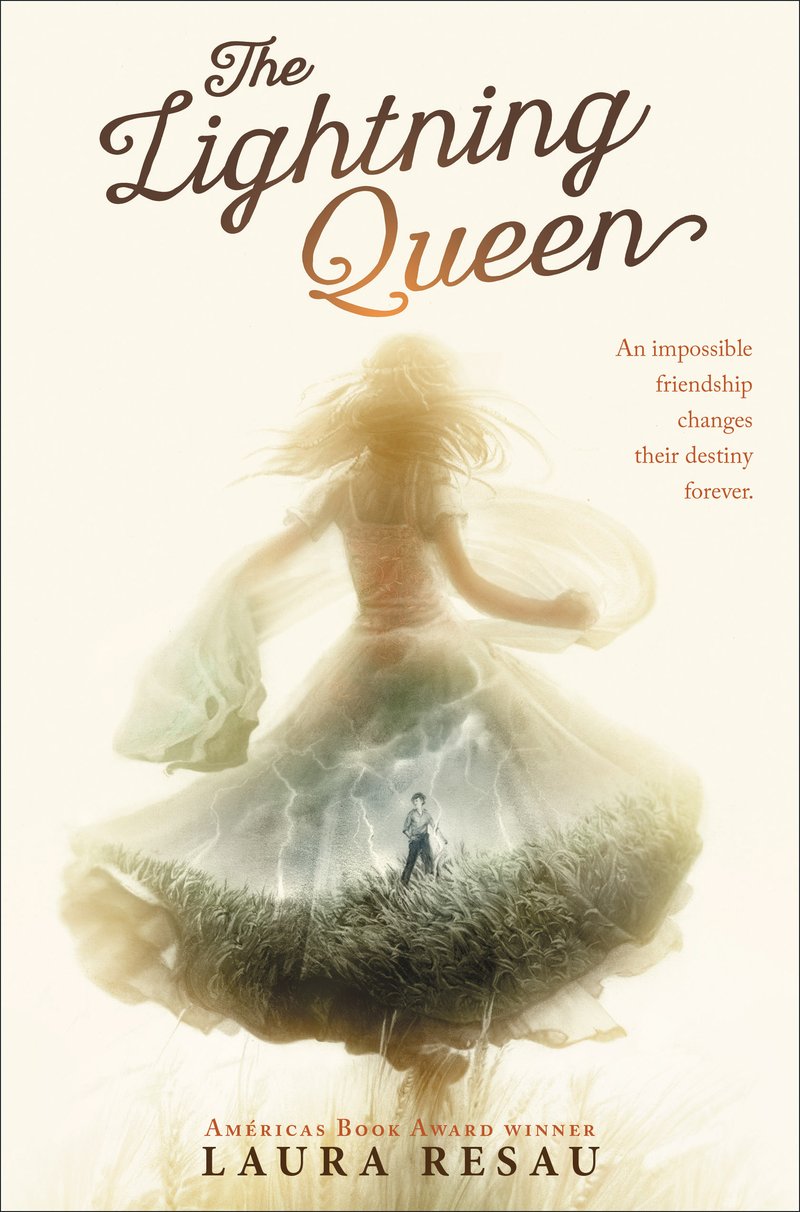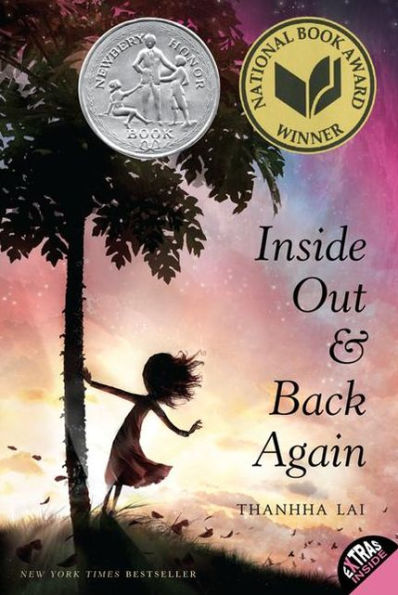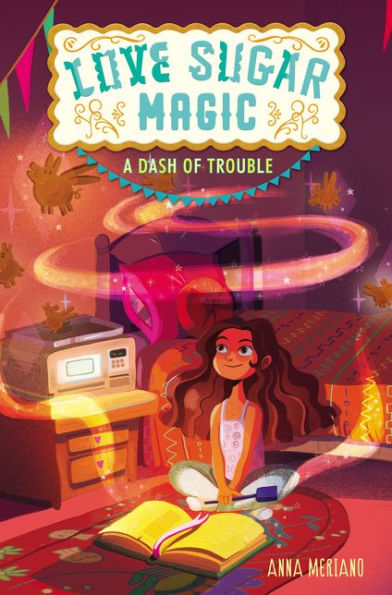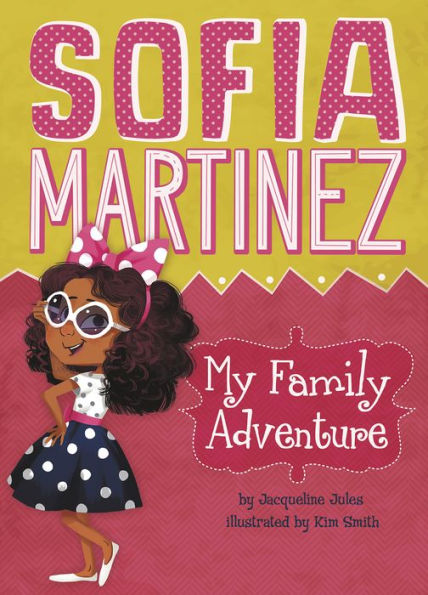Eleven-year-old Teo lives in the Hills of Dust, where not much happens. His life is dull and there is not much hope of things changing in the future. Then a gypsy caravan arrives. The caravan’s Mistress of Destiny tells Teo his fortune–Esma, Queen of the Lightening, will be his lifelong friend. Once Teo and Esma know their fortune, they band together to make it come true.
Teo tells his own story in The Lighting Queen. Teo and his companions, a duck, a blind goat, and a three-legged skunk, bring the story of rural Mexico to life. However, what ultimately drives the story is Esma. She is a plucky heroine who believes that anything is possible, and her optimistic attitude brings inspiration to both Teo and the reader.
The Lightning Queen has plenty to love for readers of all ages. The characters (including the animals) are loveable. The story is engaging and sprinkled with humor. The storyline shows the harshness of life without going into graphic detail or adding unneeded violence. Through the story, the reader sees the importance of looking beyond the physical appearance of people and finding friendship in unlikely places.
Sexual Content
- Teo and Esma kiss goodbye once. “Our lips touched like two bird wings brushing against each other for the tiniest of moments, then flying apart on their own separate journeys.”
Violence
- Teo tells the story of when his father was hit by a car. “There was a screech and a thump . . .I remember blood and tears on his eyelashes . . . I remember the driver standing over my father, talking to another driver. Calmly. Too calmly. And most of all I remember their words . . . ‘It’s just an indio.’ Then the other man shrugged and said, ‘What’s one less indio?’ They dragged my father to the side of the road. They wiped his blood from their shirts with handkerchiefs. Then they got back into their cars and drove off.”
- When Teo’s uncle sees the gypsies giving fortunes, he becomes angry and, “flipped the table over. Cards scattered . . . other Romani woman gasped and skittered backwards with the toddlers. My aunts pulled away, against the wall, holding their own children. My uncle lunged toward Uncle Paco, trying to restrain him.”
- The schoolteacher hits a boy’s hand with a ruler. “Tears streamed down his cheeks and he cried out. Twice. Now the boy was sobbing, trembling. Three times. Snot and tears covered his face, and his eyes were wide with fear.”
- The schoolteacher hits Teo’s hand with a ruler. “There was a crack, a bolt of pain like fire that shot through my entire body. My hand wanted, more than anything, to pull away.”
Drugs and Alcohol
- None
Language
- None
Supernatural
- The gypsies tell fortunes. At the beginning of the story, a gypsy tells Teo’s fortune—that he and Esma were destined to be friends for life. The two decided to do everything they can to make the fortune come true.
- Esma puts a “pretend” curse on the schoolteacher in order to make the teacher kinder to the students. Teo’s grandfather tells the two that he doesn’t like curses, even pretend ones.
- Teo dies. In death, he sees his sister, father, and grandfather. Esma comes and sings to Teo’s dead body. Teo, “felt the strain of the silvery thread pulling me towards my body. At the same time, I felt the tug of the other world, so easy and glittering and colorful, the promise of an eternity playing with Lucita [his sister], basking in the warmth of Grandfather and Father . . . My soul string was stretched to a single, quivering delicate strand.” When Esma sings, Teo “floated downward” and comes back to life.
- When Esma sings, people say they can feel their dead loved ones. “I can almost feel my grandmother here with me, as though Esma’s song has opened a path to somewhere hidden.”
Spiritual Content
- Teo and Esma find a statue that looked like, “a raccoon wearing a giant crown of corncobs.” Teo tells Esma, “We call them diositos—little gods. People say they’re good luck. Most of us have one or two at home. But don’t tell the priest about it.”
- Teo’s grandfather gives his uncle a “limpia to clean his spirit. That meant spitting on him with cactus liquor and beating him with bundles of herbs.”













